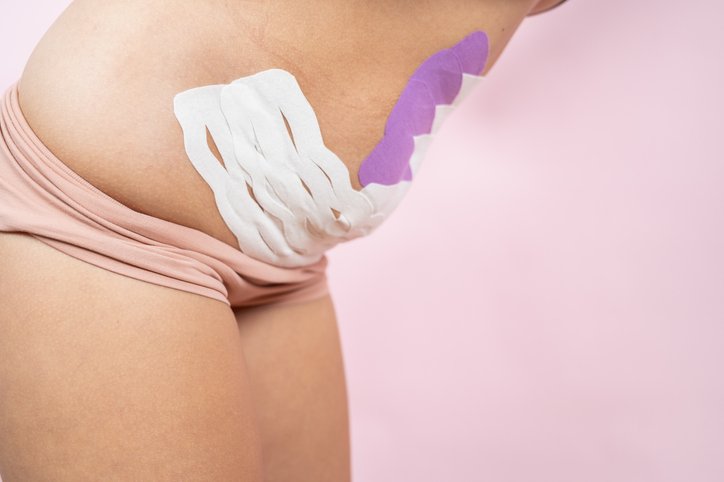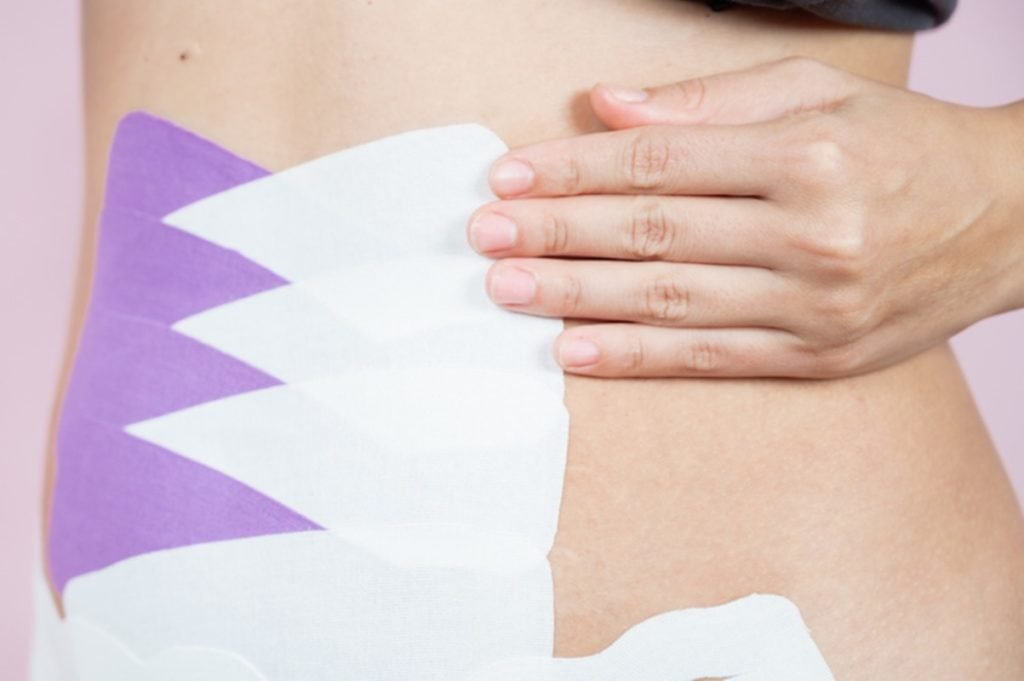Pregnancy and the puerperium are periods in which the woman’s body undergoes important changes and one of the recurring fears of pregnant women is whether the body will return to its previous shape. Although this process is slow, care during pregnancy and shortly after delivery can contribute to a more comfortable recovery.
In the first weeks of the puerperium, it is normal for the woman to have the impression of having a “loose belly”, since the placenta has been eliminated and the uterus is slowly decreasing in size. In this process, abdominal distension can turn into sagging.
Surgical belts, indicated in the past to reduce swelling and the feeling that the belly organs are “loose” after childbirth, giving women more security to move around, are being replaced by a new technique: taping.
Gynecologist and obstetrician Ana Gabriela Puel, a member of the Association of Women, Science and Human Reproduction of Brazil (AMCR), says that, contrary to what was imagined, studies show that the surgical belt delays the return of tone in the abdominal muscles. “The straps support the trunk and abdomen, but the musculature is still very relaxed, so it takes time to return to its previous shape because it lacks tone”, explains the doctor.
Taping
Taping is a technique that uses elastic functional bandages with lymphatic and contensive action. The method, popular in orthopedic treatments and in the postoperative period of plastic surgeries, has also been gaining popularity among pregnant women.
It favors the process of regeneration of the body and injuries by activating the circulatory, lymphatic and nervous systems, according to physiotherapist Suellen Faleiro, from the Lotus Estética Especializada clinic, in Brasília.
In the last few weeks of pregnancy, taping helps relieve discomfort caused by weight in the lower abdomen and lower back pain.
In the postpartum period, the technique is indicated to activate the abdominal muscles and reduce swelling, in addition to helping in the healing process by relieving skin tension. “By using bandages, women reduce tension and the risk of keloids,” says gynecologist Ana Gabriela.
Taping is indicated for the correction of postpartum diastasisAMCR/ Image courtesy of Metrópoles
 postpartum taping
postpartum tapingTapes help reduce common sagging after pregnancyGetty Images
 postpartum taping
postpartum tapingBandages must be applied and removed by a physical therapist Getty Images
0
The technique must be performed by a physiotherapist, who is knowledgeable about the correct direction for applying the bandages. The taping is removed between seven and 10 days after delivery, also by a health professional.
“It is a multidisciplinary work that aims at the well-being of women. After all, when the recovery is fast and uneventful, she can even take better care of her baby”, concludes the doctor.
Care from the beginning of pregnancy
Regular follow-up with a physiotherapist helps mainly with low back pain, which is very common after the 30th week of pregnancy, when the abdomen increases significantly in size and weight. In addition to physical exercises, the use of taping helps to support the abdomen and lower back pain.
“Usually, the pregnant woman is not working this musculature and this generates a greater overload on the lower back. Therefore, it is important to start monitoring from the beginning of pregnancy, avoiding overload on the abdomen and lower back”, explains physiotherapist Suellen.
Get news from metropolises on your Telegram and stay on top of everything! Just access the channel: https://t.me/metropolesurgente.
